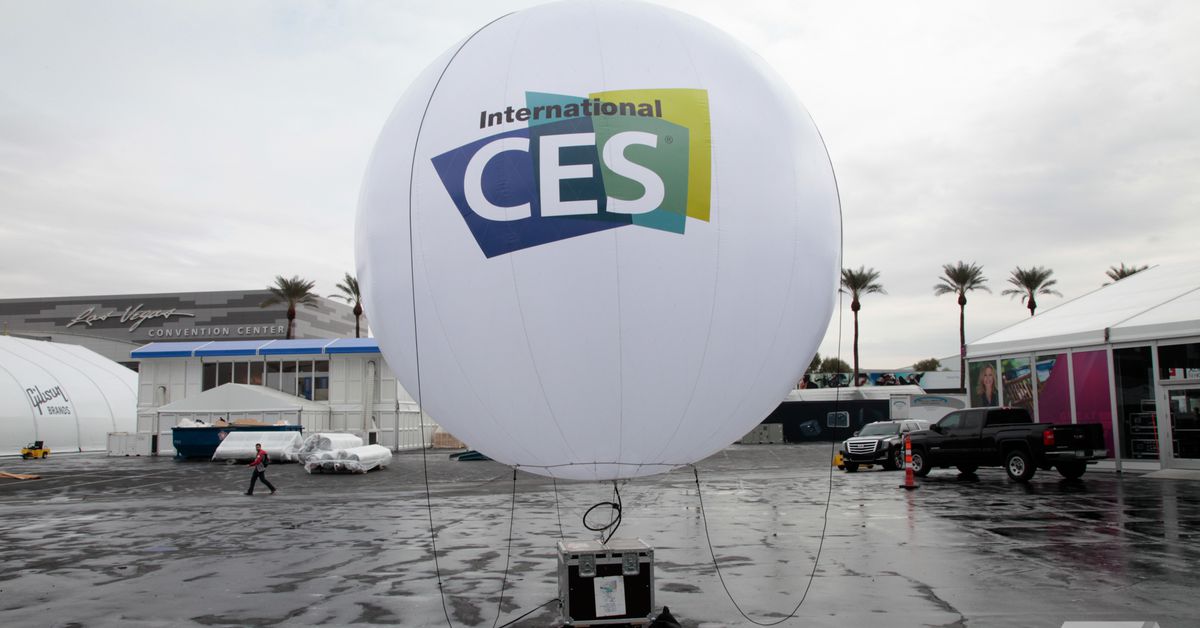After a decade, Nvidia is fixing the worst part of G-Sync
Eleven years after introducing its proprietary G-Sync module, Nvidia is finally doing away with the chip for something much better.

 Jacob Roach / Digital Trends
Jacob Roach / Digital Trends
It only took 11 years. Nvidia is finally doing away with its proprietary G-Sync module that’s been the bane of the best gaming monitors for several years. Although Nvidia eventually started offering G-Sync branding with any variable refresh rate (VRR) tech, display brands have still needed to shell out for a dedicated G-Sync module for proper certification — and pass along that cost to customers. Going forward, the G-Sync module is no more.
Nvidia’s G-Sync tech isn’t going anywhere, however. The company announced that it partnered with Mediatek to add every G-Sync feature to Mediatek scalers. If you’re unfamiliar, a scaler is basically a small chip inside your monitor that handles resolution scaling, along with a bunch of other processing including the on-screen display (OSD), color adjustments, HDR, and input selection. The G-Sync module itself was a scaler. Now that you’ll rarely find a gaming monitor without its own scaler, those features are being rolled into the chip already built into the display.
Nvidia hasn’t said which Mediatek chips it’s adding G-Sync features to, nor if there are any restriction on using it. Hopefully, the change means that you’ll get a suite of G-Sync features without even thinking about it. Mediatek’s chips are by far the most popular on the market, which should mean you get the full G-Sync range in most gaming displays. The recent Alienware 32 QD-OLED, for example, uses the Mediatek MT9810, which is what enables Dolby Vision HDR support.
 Nvidia
NvidiaAlthough we don’t know which scalers will come with G-Sync features, Nvidia confirmed that the full range of G-Sync features is arriving. Here’s the list:
Variable refresh rate Variable overdrive 12-bit color Ultra Low Motion Blur (ULMB) Low latency HDR Nvidia Reflex analyzer Nvidia PulsarThe Nvidia Reflex analyzer is a big inclusion, and one of the main things that have separated G-Sync displays from open standards like FreeSync and VESA’s Adaptive Sync. It shows up in monitors like Alienware’s 500Hz gaming display, and it allows you to see a slew of metrics concerning input lag.
Pulsar is also a big inclusion. This is a piece of tech that concerns motion clarity. It doesn’t boost the refresh rate of the monitor, but Nvidia says it provides motion clarity to over 1,000Hz by syncing the monitor’s backlight strobing to the variable refresh rate. At Gamescom, Nvidia revealed the first three monitors launching with Pulsar, which you can see below.
 Nvidia
NvidiaThe death of the G-Sync module is a huge boost for gaming monitors as a whole. We’ll no longer need to wait for separate G-Sync and FreeSync versions of displays, as we had to with the Alienware 34 QD-OLED, and you won’t need to dig through each display you’re interested in to see if it supports the G-Sync features you want. You’ll still need an Nvidia GPU to use G-Sync features, but this change should make the display side of things much easier to digest.
Jacob Roach is the lead reporter for PC hardware at Digital Trends. In addition to covering the latest PC components, from…
A wave of new handhelds is arriving at the worst possible time
We saw the floodgates open on a new range of handhelds at Computex 2024. After the success of devices like the Steam Deck and ROG Ally, smaller companies like Zotac, Antec, XPG, and Adata are all getting in on the handheld craze, eyeing a slot among the best handheld gaming PCs. It might be the worst time to release a new handheld, though.
Although it's great to see competition among handheld gaming PCs, we're facing down the next generation of mobile chips from AMD and Intel. These new chips are said to come with a big boost to efficiency and graphics performance, both of which have massive implications for a handheld gaming PC. If you're in the market for a new handheld, don't be swayed by the new crop of devices showing up -- it's best to wait for now.
Big chip implications
Gaming laptops are being left behind
On the whole, Computex 2024 certainly did not disappoint. We've seen new processors from both Intel and AMD, Nvidia's AI gaming companion and small form factor GeForce guidelines, and handhelds like the ROG Ally X. But do you know the one thing we haven't seen much of at all? Gaming laptops made purely for gamers.
Don't get me wrong, I'm as fascinated by AI as much as any tech maniac, but I can't help but feel that laptop gamers have been overlooked this year. The worst part? It may be many, many months until that situation is remedied.
Gaming laptops? What gaming laptops?
These were the 5 most exciting monitors I saw at Computex 2024
Although Computex 2024 was focused on groundbreaking CPU announcements like Intel's Lunar Lake and AMD's Ryzen 9000 CPUs, there were plenty of other things to see at the show. Among the most prominent were gaming monitors, with brands like Cooler Master, Acer, and Asus showing off some stunning new displays.
I've been wandering the streets of Taipei, Taiwan, looking for the best gaming monitors of Computex 2024. Here are the displays you should keep an eye out for through the rest of the year.
Acer Predator X27U F3

 FrankLin
FrankLin 




































